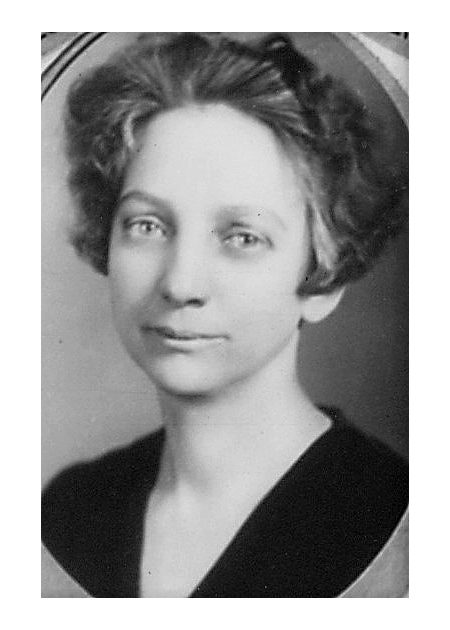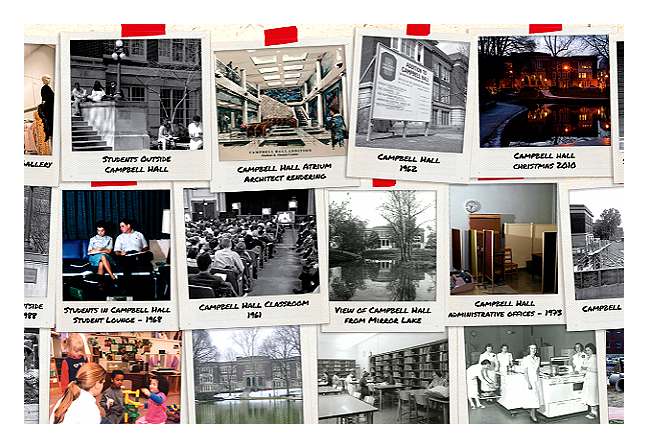A. Sophie Rogers was an early childhood education pioneer. She specialized in child psychology during her 31-year career as an Ohio State professor. She also had a highly successful pediatric practice in Clintonville and was one of the few early childhood researchers to hold both a PhD in pyschology and an MD. She retired from the university in 1949 but continued to practice medicine until her death in 1967.
Plans for a nursery school at Ohio State that also functioned as a place for university students to learn and conduct research began in 1924. In the following year (1925), a school opened in Campbell Hall known as the Child and Family Studies Laboratory. The school was one of the first early care and research centers in the country. The curriculum displayed best practices, and Ohio State students and professors observed classroom techniques for the 12 children enrolled who ranged from ages 2-6.
Creating early learning experiences for children was also a concern for Dr. Rogers. She made several trips to Europe to learn emerging theories and observe innovative techniques in early childhood education. In 1936, in addition to her work in Ohio State’s psychology department and her private physician’s practice, she also opened the Peter Pan Playhouse, which was the first private nursery school in Columbus that incorporated the latest research in early learning.
Dr. Rogers set up a foundation in 1966, which later gifted assets to Ohio State for the laboratory school’s programs. In 1985, Ohio State honored her by renaming the laboratory school the A. Sophie Rogers Laboratory for Child and Family Studies. Today, the school remains a model demonstration site for practitioners and researchers and received its current name, the A. Sophie Rogers School for Early Learning, when it moved from Campbell Hall to the Schoenbaum Family Center in August 2007.
+ Learn about current research and student opportunities.

Dr. Sophie Rogers

A. Sophie Rogers’ principal Anneliese Johnson began her career at the laboratory school in Campbell Hall. Read her reflections in this article about the history of that building.

